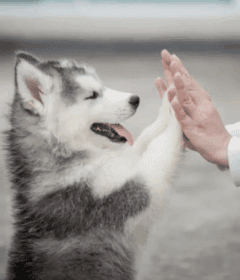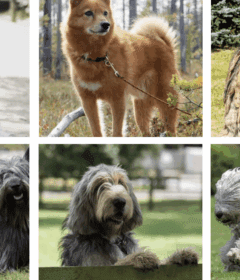Pet Separation Anxiety Worsened

Pet Separation Anxiety Worsened – 1 in 5 Owners Say Pet Separation Anxiety Worsened Last Year, Veterinarians Share Solutions
42% of owners say that their pet has anxiety, and 1 in 5 owners say it worsened in the last year.
Veterinarians urge owners to understand the lesser-known signs and treatments of severe pet separation anxiety.
Veterinarians nationwide are urgently encouraging pet owners to address the alarming rise in pet separation anxiety, revealing the issue has not yet improved following the pandemic.
According to a survey of roughly 2,000 pet owners on the Trusted Housesitters pet-sitting platform,1 in 5 respondents claim they saw a continued increase in their dog’s or cat’s anxiety in 2023.
Roughly 25% of pet owner s reveal they won’t travel because of their pet’s anxiety.
As people transitioned to remote work and lockdown measures were implemented during the COVID-19 pandemic, pets became accustomed to the constant presence of their owners.
Following the pandemic, the return of normal routines, such as in-person work, caused pets that had become increasingly dependent on the constant companionship and attention to experience anxiety when separated from their owner.
Separation anxiety can have a severe impact on both pet and pet owner well-being.
According to the survey, over half (59%) of pet owners requested to continue working from home following the pandemic due to their pet’s anxiety, and 17% of owners revealed they worry about missing out on social and career opportunities out of obligation to care for their pet.
Pet Separation Anxiety Worsened
While well-known symptoms of separation anxiety in pets include excessive barking or whining, destructive behavior, pacing or restlessness, or attempting to escape, the lesser-known signs of separation anxiety in pets include:
Excessive drooling
Panting or trembling
Depression or lethargy
Reduced appetite
Hiding or avoidance
To help owners alleviate separation anxiety in their pets, try the following treatment methods:

Pet Separation Anxiety Worsened – Puzzle Toys & Enrichment Activities for Dogs
Enrichment is defined as the action of improving or enhancing the quality or value of something.
Providing mental stimulation and distraction is a great way to prevent anxious behaviors in your pet while absent.
Enrichment toys for dogs can build confidence, reduce undesirable behaviour and prevent your dog from going into destruction mode!
When your dog is mentally stimulated, they are more likely to relax and feel happier, meaning they’ll be a joy to live with.
Discover your complete guide to enrichment toys for dogs, which will help you decide which toys are best for your dog
For example, puzzle feeders are innovative devices that encourage your pets to work for their food, keeping them engaged and reducing anxiety.
If you’re gone for longer periods of time, a motion-activated or battery-powered toy can offer them ongoing entertainment.
Whatever kind of enrichment you are trying with your dog, always start off easy and progress at your dog’s pace to more challenging activities.
Some enrichment toys for dogs are noisy.
For example, plastic interactive feeders which need to be rolled or flipped to get the food out can startle a nervous dog.
Put your feeder on a towel or blanket to reduce the noise while your dog grows in confidence.
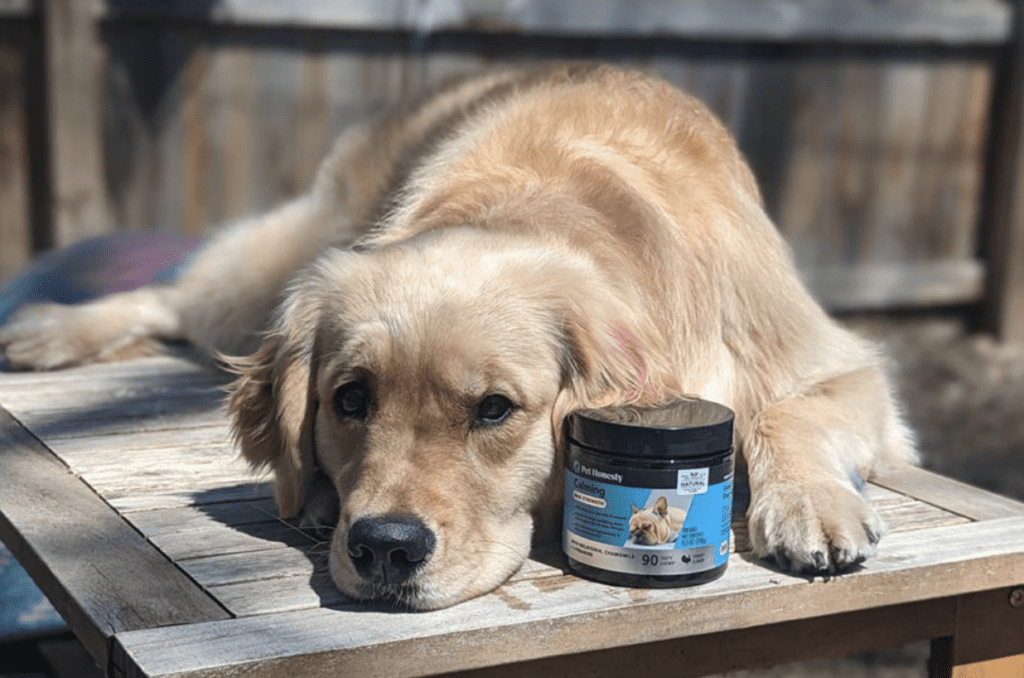
Calming Supplements for Dogs
ust like people, our pets can develop anxiety—that nagging fear of real or imagined danger that leaves them (and us) feeling unsettled and agitated.
As you may have experienced yourself, there is almost nothing worse than feeling helpless to stop an anxiety spiral, no matter which side of it you’re on.
Experts agree: an appropriate, high-quality calming supplement can help manage a dog’s anxiety, especially if it contains proven calming ingredients like casein, tryptophan, melatonin, and L-Theanine.
Anxiety is a natural response to fear and discomfort.
The fight, flight, or freeze reaction is a healthy and necessary survival tool in both humans and dogs. It evolved to be activated in response to real threats.
However, when this reaction occurs in anticipation of something that can’t (or isn’t likely to) do actual harm, or when it happens regularly, it can be extremely distressing to both dogs and pet parents.
Calming treats, sometimes called calming chews or calming bites, are dietary supplements intended to reduce the impact of your dog’s fight, flight, or freeze response.
While they all have the same goal of soothing your pet’s stress, different types of treats target different parts of your dog’s system.
They’re most effective as part of a larger anxiety management toolkit.
Consult your vet for over-the-counter options or prescription medications.
Pet-specific CBD products have also been proven to help alleviate anxiety in pets safely and naturally.
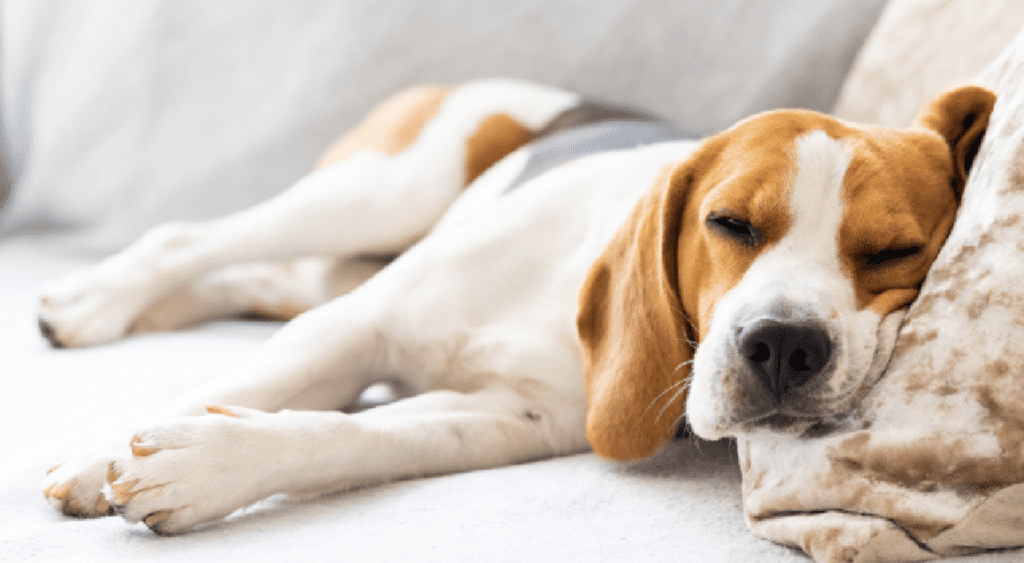
Calming Music or White Noise Machines for Dogs
According to the Trusted Housesitters survey, playing music or television is the most popular way that pet owners help alleviate pet separation anxiety, with 68% of owners using this trick.
Playing white noise, television, or music can have a calming effect and alleviate anxiety by meeting pets’ sensory needs.
Many white noise machines come with settings that include different calming sounds that are perfect for dogs with anxiety or fear of loud noises.
It’s worth noting that this can also work for dogs who may be aggressive towards other dogs or animals when they hear them outside the window.
Dog preferences point to classical music which has calming effects and has been shown to significantly reduce stress levels.
Studies have shown that classical music is one of the most calming types of music for dogs.
Metal and rap music, on the other hand, tended to rile dogs up and encourage barking.
The specific tempo that has been noted to calm dogs is roughly 50-60 beats per minute.
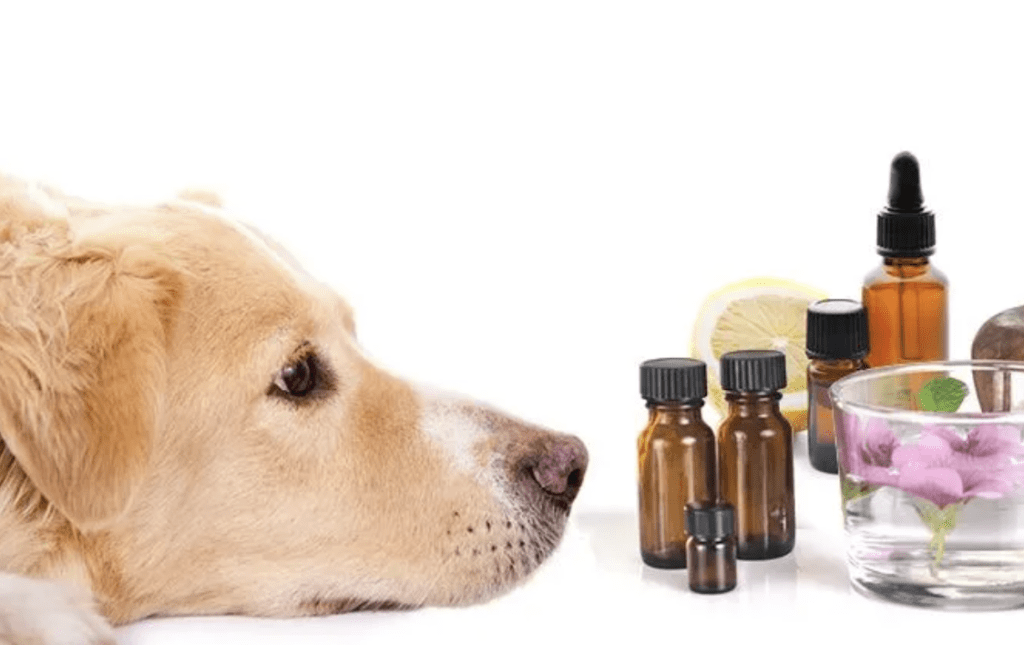
Aromatherapy & Essential Oils for Dogs
An active compound in lavender called linalool interacts with the brain, producing a calming effect.
Your furry friend can also benefit from the calming effects of linalool. Lavender or lavender oil is especially helpful for dogs who experience separation anxiety.
Using essential oils in your home may affect your dog more since they have a more powerful sense of smell.
Some of them may help to calm your dog, but make sure to use essential oils with care, since they can also cause serious behavioral changes, respiratory issues, and central nervous system problems in your dog.
Use pet-safe aromatherapy and essential oils to promote relaxation and well-being.
The main product to use for anxious dogs is natural appeasing pheromones.
These can act as a calming agent for these animals helping to make behavioral training easier.
Using a flat palm and fingers, gently and slowly stroke your dog (1) down their back, then (2) from their hip to back foot, and finally (3) from their shoulder to front paw.
Speak calmly and reassuringly to your dog during this time.
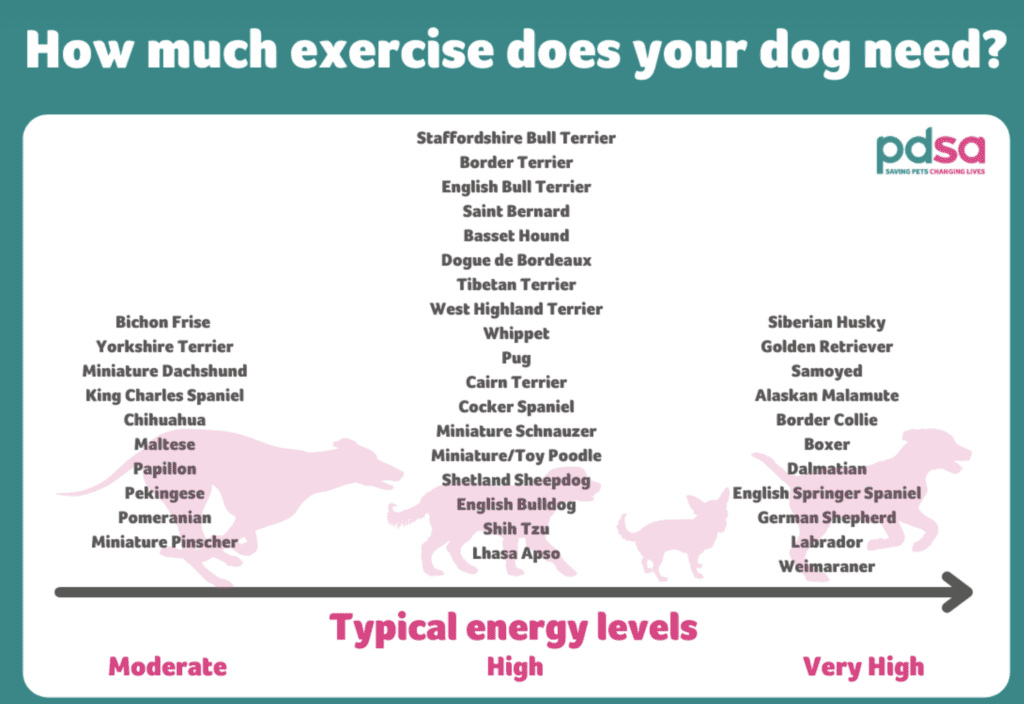
Exercise & Playtime for Dogs
The amount of daily exercise your dog needs depends on their breed, age, health, fitness and personality.
When deciding how to exercise your dog, ask yourself these questions:
What Breed Are They?
Your dog’s breed plays a large part in their natural energy levels.
Some need 1-2 hours of exercise per day, others need more than 2 hours, and some – mostly working breeds – need significantly more, plus mental stimulation throughout the day.
Flat-faced breeds such as Pugs, Bulldogs, and Shih Tzu’s need just as much exercise as any other dog, but often struggle to breathe due to the shape of their face – for more information read our advice on breathing problems in flat-faced breeds.
You can get an idea of how much exercise your breed needs by taking a look at our breed pages.
How Old Are They?
While your dog is growing, it’s important to protect their joints by introducing them to exercise slowly.
As an adult, it’s important to make sure they stay fit and active.
Read our advice below on the different ways to exercise your dog.
As your dog gets older, you may notice that they need a little less exercise than usual.
Do they Have Any Health Problems?
If your dog is unwell or injured, they won’t need as much exercise as usual – resting is an important part of recovery. Rest them as much as your vet advises, and find other ways to keep them entertained so they don’t get bored and frustrated.
How Fit Are They?
If you want your dog to start doing more, or join you in a new hobby such as running or cycling, you’ll need to increase their fitness gradually to help avoid any injury or illness.
What do They Enjoy Doing?
Every dog has their own personality and preferences.
It’s important to make sure your dog enjoys the exercise you are asking them to do, and that you change their regime if they don’t.
Pet Separation Anxiety Worsened for Dogs
The exact amount of playtime will vary depending on the puppy’s breed, size, age, and individual energy levels.
As a general guideline, the 5-minute rule can be followed for exercise, which recommends 5 minutes of exercise per month of age, twice daily.Your dog’s breed plays a large part in their natural energy levels.
Some need 1-2 hours of exercise per day, others need more than 2 hours, and some – mostly working breeds – need significantly more, plus mental stimulation throughout the day.
A tired pet is a happy pet, and like humans, physical activity can help reduce anxiety and improve overall health.
Obedience training, or spending time teaching your pets basic commands, can also tire them out while helping them feel more confident and secure, reducing anxiety.
Ensuring affected dogs have a comfortable and secure home environment can help greatly.
This includes making sure your dog has a cozy bed in a calm location in the house, access to water at all times, and a consistent routine for the day.
This routine should include plenty of exercise and mental stimulation, as a tired dog is usually a happy dog.
Interesting Facts About Your Dog >>
Different Dog Personalities >>

